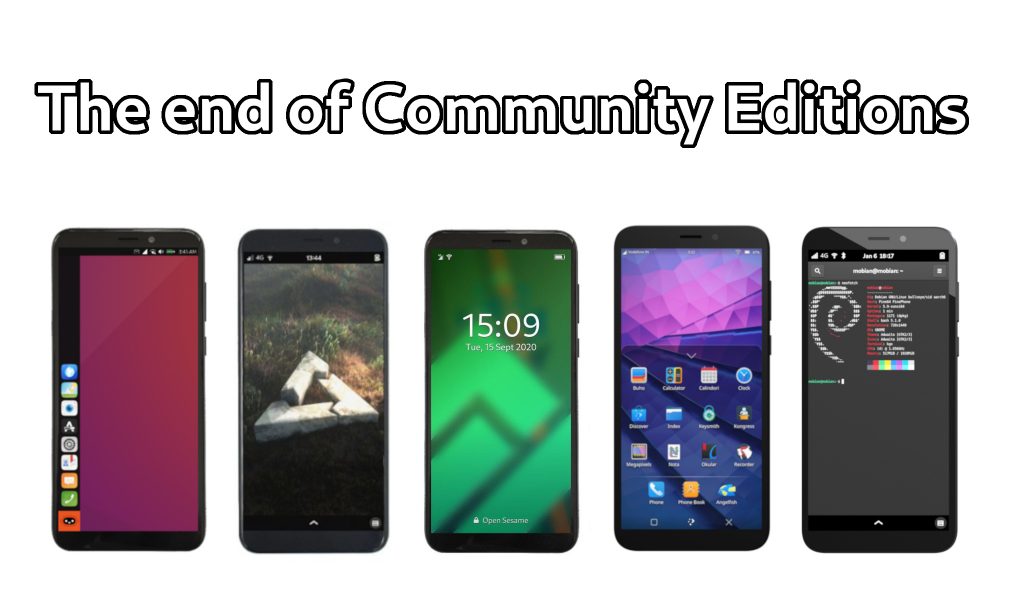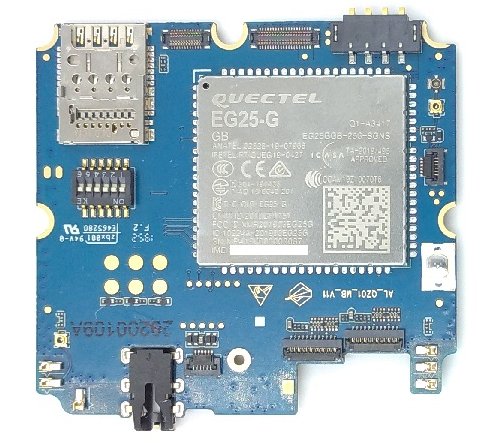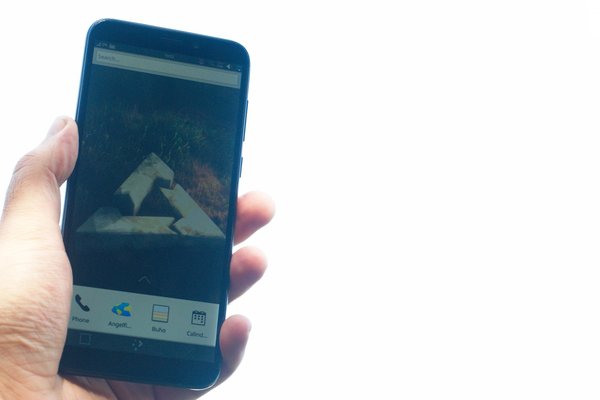ible
professional vim user
what is that control pad? i didn't see details on the video. (besides the phone, which i imagine is a pine phone.)



Now you see, I get his point, but there's also a counter point, and this is why I was saying if I do do a write-up, it'll need thinking about hard.I do agree with his comments on android apps
Yes, but the question is, if you're happy with google, why do you need a linux phone over the general android shovelware out there? The assumption therefore is that everyone who buys a linux phone doesn't trust google and it's ilk any further than you could throw them. By that measure a messenger from a company bought by facebook shouldn't be expected to by anything you want.WhatsApp is something even I've thought about. Now I wouldn't ask about it, because I know it's only going to be ported by WhatsApp or if Anbox became amazing overnight
However, from a "consumer aspect", it's what all my friends and family use... So I understand why people ask for it.
The response from the "Linux Phone" community is usually "Use Telegram/Signal/Some other app nobody else has ever heard of"... which I understand. They can only offer what's available.
So you're back to the "consumer" who's left between trying to convince everyone to install and register on another service (which is a tough sell), and trying to encourage the uptake of a more open and flexible device.
Again, I probably need to battle test the phone a bit more. Battery rate drops pretty fast, but then I suppose I am still playing with it during that time.I don't find the battery life bad at all, although I only really use it for light use, I don't need to charge it for around a day and a half at a time
It's really, in my experience, not that hard to argue against WhatsApp, especially given the negative press it's had - both major security and privacy concerns... but I guess that depends on your friends.
Levi, don't know if that was intentional, but you're exactly quoting that middle line about "Use Telegram/Signal/etc."...The assumption therefore is that everyone who buys a linux phone doesn't trust google and it's ilk any further than you could throw them. By that measure a messenger from a company bought by facebook shouldn't be expected to by anything you want
I have email, my phone giving my phone calls and texts, and during the week I have a plugin for weechat connecting my to slack to keep in touch with my old workmates, and IRC on the weekends. And here of course. For the most part, I don't trust anything made since about 2005.Answer me this, how many chat/communication clients do you have connected and logged in?
Yeah, I was very surprised when one of my techy friends got an Alexa!For the most part, I don't trust anything made since about 2005.
For me it's since 2004. That's when Facebook started. And with that the trend to have computers that use people instead of people that use computers (that's really people using people through "their" computers instead of people using their computers). Companies (and governments) exploiting the egotism of people, and people increasingly unable to collaborate and learn or think critically. Exercise: make a list of big collaborative projects and see how many started before and after 2004.For the most part, I don't trust anything made since about 2005.

